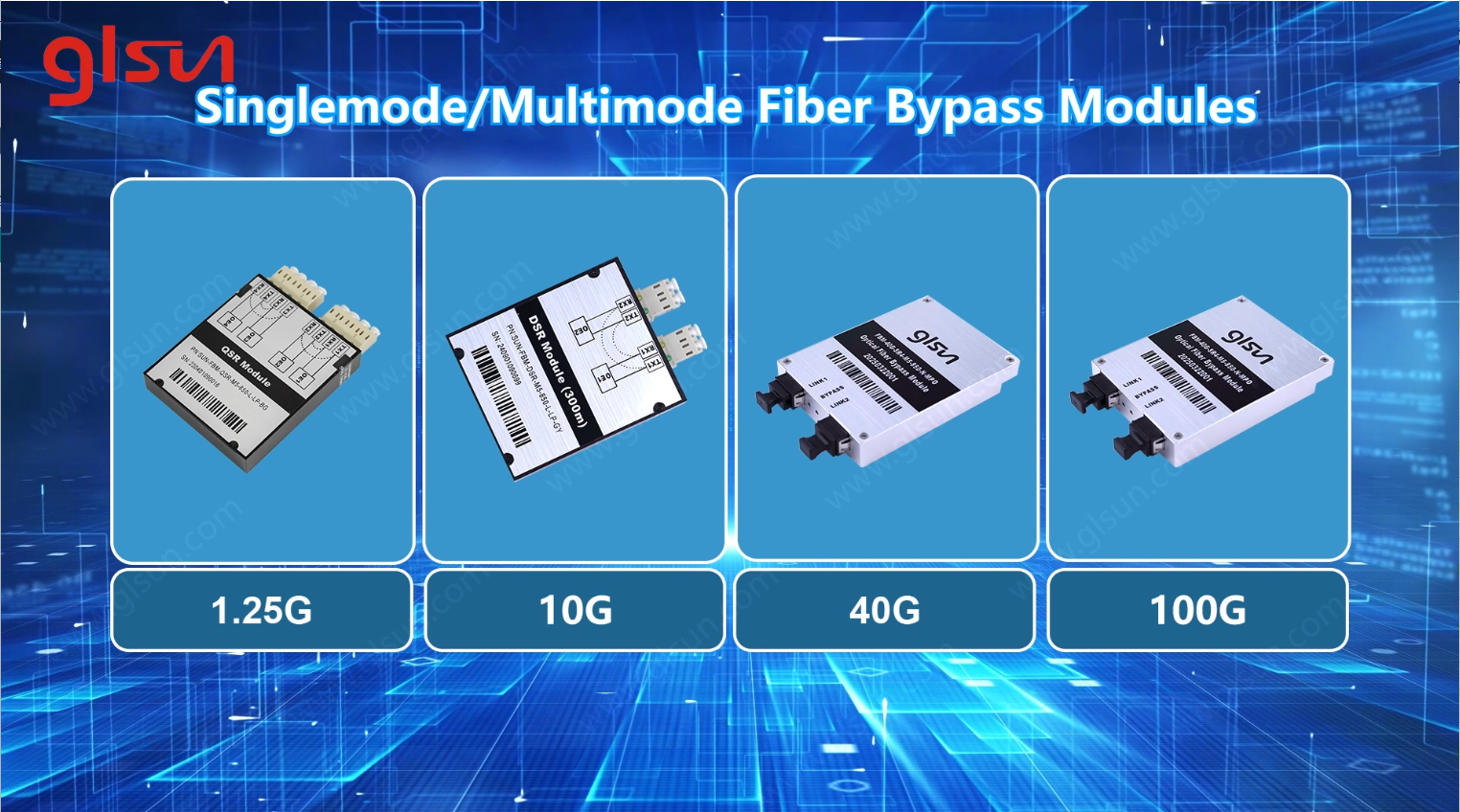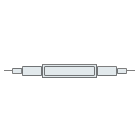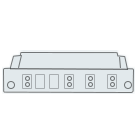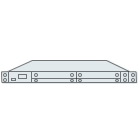Fiber Optic Tech
Where Are Fiber Bypass Modules Commonly Used in Telecom and Data Center Networks?
Fiber bypass modules are critical components in modern telecommunications and data center networks, enabling seamless management of optical signals. These modules allow network operators to bypass specific equipment or nodes without interrupting the optical signal flow, ensuring high availability and flexibility. Below, we explore the common applications of fiber bypass modules in telecom and data center environments.
Network Maintenance and Upgrades
Fiber bypass modules are widely used during network maintenance or upgrades. When equipment such as optical amplifiers, switches, or transceivers needs to be serviced or replaced, these modules redirect optical signals to bypass the affected device. This ensures that the network remains operational, minimizing downtime and maintaining service continuity for end users. For example, in telecom networks, bypass modules are critical for maintaining connectivity during planned maintenance of dense wavelength division multiplexing (DWDM) systems.
Redundancy and Failover Systems
In mission-critical environments like data centers, redundancy is key to ensuring uninterrupted service. Fiber bypass modules are integrated into failover systems to reroute optical signals in the event of hardware failure. For instance, if a primary server or router fails, the bypass module can redirect traffic to a backup system, preserving data flow. This is particularly important in high-availability data centers hosting cloud services, financial transactions, or real-time applications.
Testing and Monitoring
Fiber bypass modules are essential for network testing and monitoring. They allow operators to temporarily divert optical signals to testing equipment, such as optical time-domain reflectometers (OTDRs) or spectrum analyzers, without disrupting live traffic. This capability is invaluable in telecom networks, where continuous monitoring of signal quality is necessary to detect issues like signal degradation or fiber cuts. In data centers, bypass modules facilitate non-intrusive testing of new equipment before it is fully integrated into the network.
Optical Protection Switching
In telecom networks, fiber bypass modules are often used in optical protection switching systems. These systems automatically reroute traffic in response to faults, such as fiber cuts or equipment failures. By incorporating bypass modules, operators can quickly switch to an alternate path, ensuring minimal disruption. This is particularly critical in long-haul telecom networks, where maintaining signal integrity over vast distances is a priority.
Disaster Recovery and Business Continuity
Data centers and telecom networks rely on disaster recovery plans to mitigate the impact of unexpected outages. Fiber bypass modules play a key role by enabling rapid reconfiguration of network paths. For example, in the event of a power outage affecting a primary data center, bypass modules can redirect traffic to a secondary site, ensuring business continuity. This is especially important for industries like healthcare, finance, and e-commerce, where downtime can have significant consequences.
Flexible Network Architectures
As networks evolve to support technologies like 5G, edge computing, and software-defined networking (SDN), flexibility becomes increasingly important. Fiber bypass modules enable dynamic reconfiguration of optical paths, allowing operators to adapt to changing traffic patterns or network demands. In data centers, this flexibility supports the integration of new services or the scaling of infrastructure without requiring extensive rewiring.
Fiber bypass modules are indispensable in telecom and data center networks, providing solutions for maintenance, redundancy, testing, protection switching, disaster recovery, and network flexibility. Their ability to maintain signal continuity while allowing operators to manage and reconfigure networks makes them a cornerstone of modern optical networking. As data demands continue to grow, the role of fiber bypass modules will only become more critical in ensuring reliable, high-performance connectivity. Whether in telecom backbones, hyperscale data centers, or edge s, fiber bypass modules play a key role in maintaining network availability and performance. As network speeds increase and services become more demanding, these modules are evolving to support 10G, 40G, and 100G applications with greater intelligence and efficiency.




















